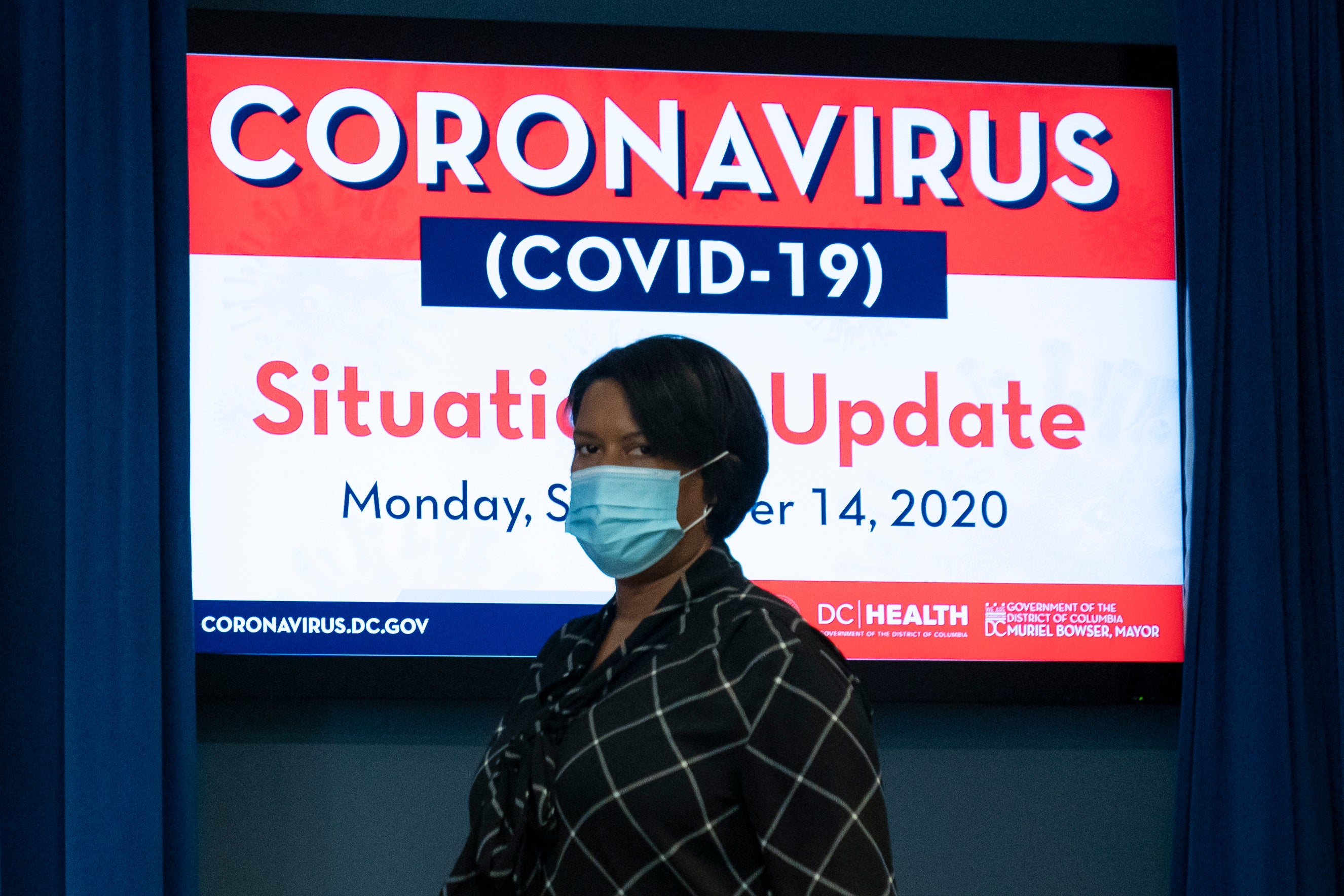DC unveils plan to open public school buildings in November
Public Schools in Washington, D

Your support helps us to tell the story
From reproductive rights to climate change to Big Tech, The Independent is on the ground when the story is developing. Whether it's investigating the financials of Elon Musk's pro-Trump PAC or producing our latest documentary, 'The A Word', which shines a light on the American women fighting for reproductive rights, we know how important it is to parse out the facts from the messaging.
At such a critical moment in US history, we need reporters on the ground. Your donation allows us to keep sending journalists to speak to both sides of the story.
The Independent is trusted by Americans across the entire political spectrum. And unlike many other quality news outlets, we choose not to lock Americans out of our reporting and analysis with paywalls. We believe quality journalism should be available to everyone, paid for by those who can afford it.
Your support makes all the difference.Public Schools in Washington, D.C., will partially reopen their buildings to select students beginning Nov. 9 in a multi-pronged approach as the nation's capital struggles to return to normalcy amid the COVID-19 pandemic
Washington Mayor Muriel Bowser had planned to start the 2020 school year offering a hybrid model combining distance learning with two days a week of in-school instruction. But the city was forced to abandon that plan in late summer amid strong safety objections from the teacher’s union.
Bowser said Monday there was “a real urgency” to get students back to school buildings safely. She has repeatedly cited the schools issue as a fundamental step in the District's return from a pandemic-fueled shutdown.
“We shouldn’t expect life to go back to normal until kids are back in school,” she said in September.
The new plan, announced Monday, brings back certain students from pre-K through fifth grade. D.C. Public Schools Chancellor Lewis Ferebee said students in sixth grade and above would continue with full-time distance learning until the next school term, which starts in early 2021.
“Our youngest students have been the most challenged" by the long-distance computer instruction, Ferebee said.
Those students offered the chance to return to school buildings would be classified in two primary groupings. Students in the "in-person learning classroom" level would receive traditional classroom instruction from a teacher. This would be offered to students with special-education needs, those learning English, and students experiencing homelessness or otherwise deemed to be at-risk.
Ferebee said the program would begin on Nov. 9 and there would be one such class per grade level at every elementary school.
The second grouping, dubbed the “CARE” model, would bring in groups of students who would continue to work virtually via laptop under adult supervision. The students would be able to socialize safely with their peers during breaks, recess and lunch. Priority here would be given to the children of DCPS teachers and staff, and to students whose siblings have already been accepted. But it would otherwise be open to the wider student body and participants will be selected via randomized algorithm.
Pre-K though first grade for CARE students would begin on Nov. 16. Second through fifth grades would start on Nov. 30.
Ferebee said the school administration would select students for both programs and offer seats to parents. “We will reach out to the families,” he said, adding there was no need for parents to apply.
Students who are not chosen for either program or who prefer to continue full-time distance learning will continue to participate from home. Instead of the original two-day-a-week hybrid model, students will be in school all five weekdays, with Wednesday as a half-day.
The “in-person classroom” model appears to resemble that pursued by a handful of local charter schools. About a dozen public charters, which are largely independent and educate about 46 percent of public school students, have been bringing in select groups of students using similar criteria for in-person instruction.